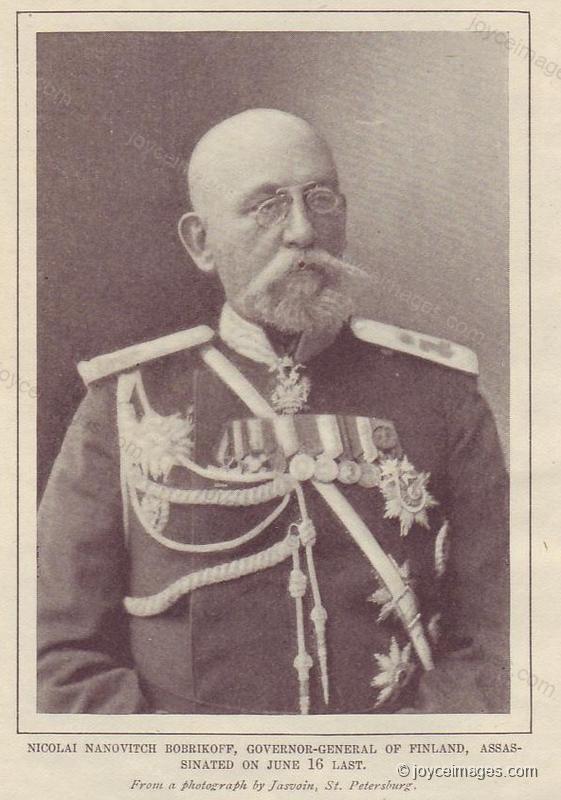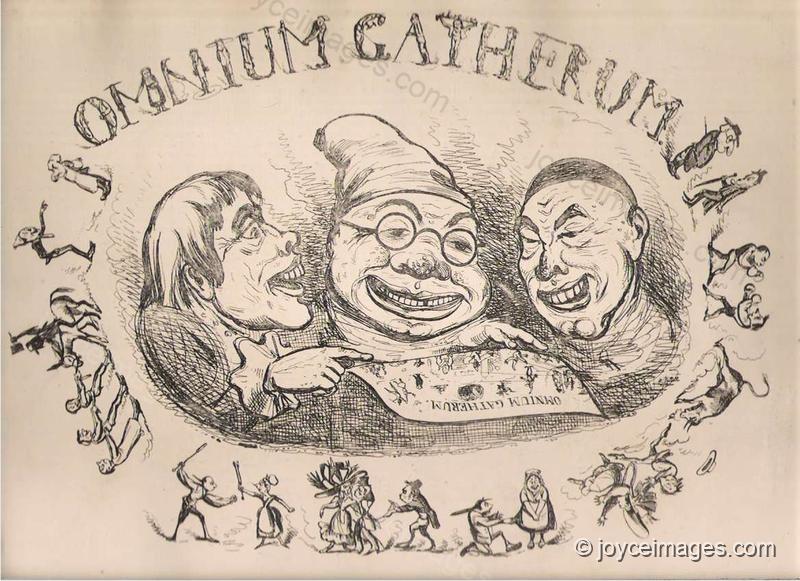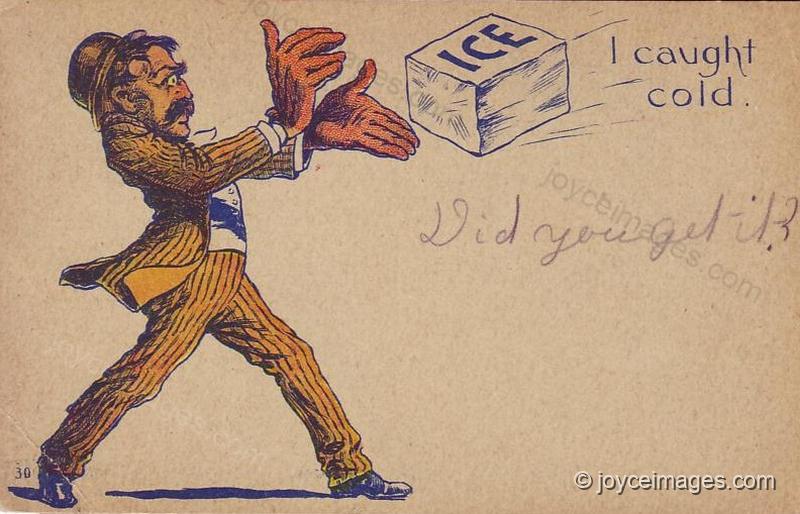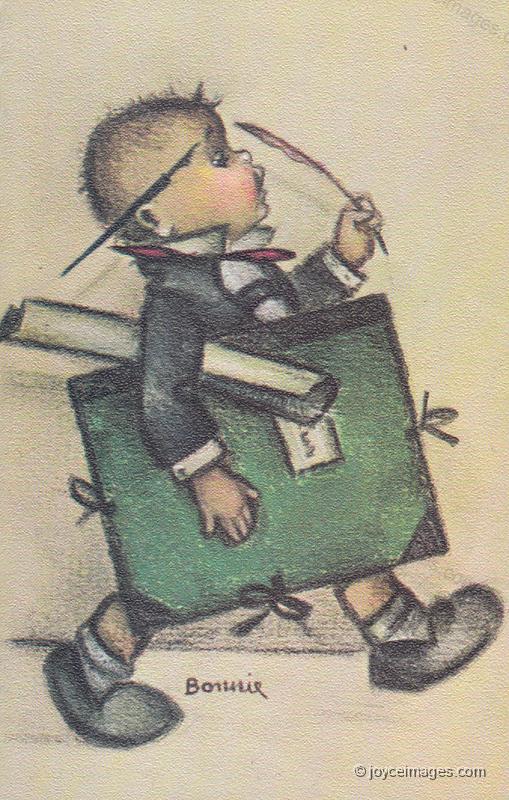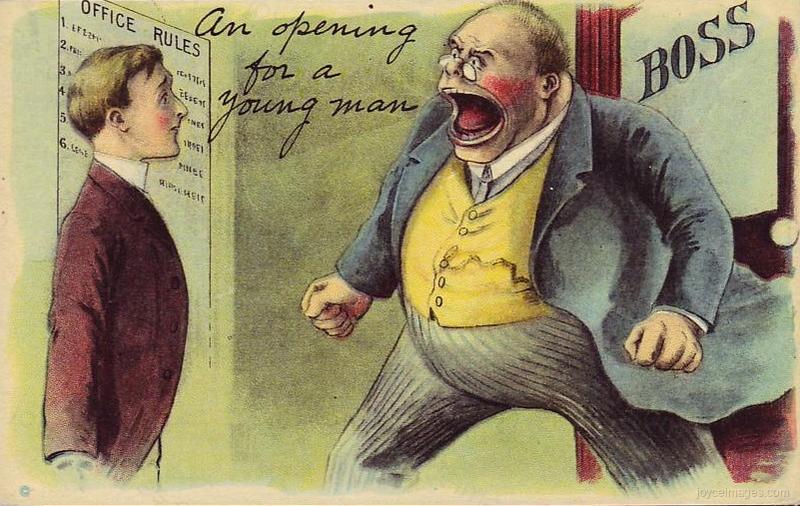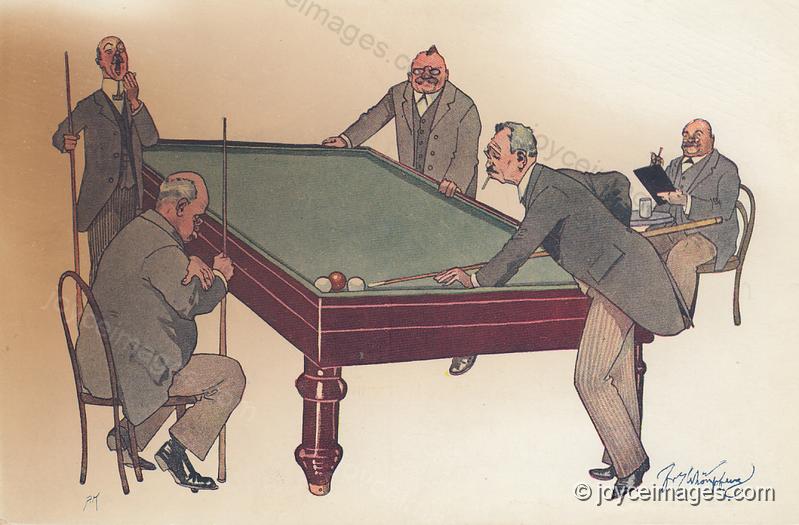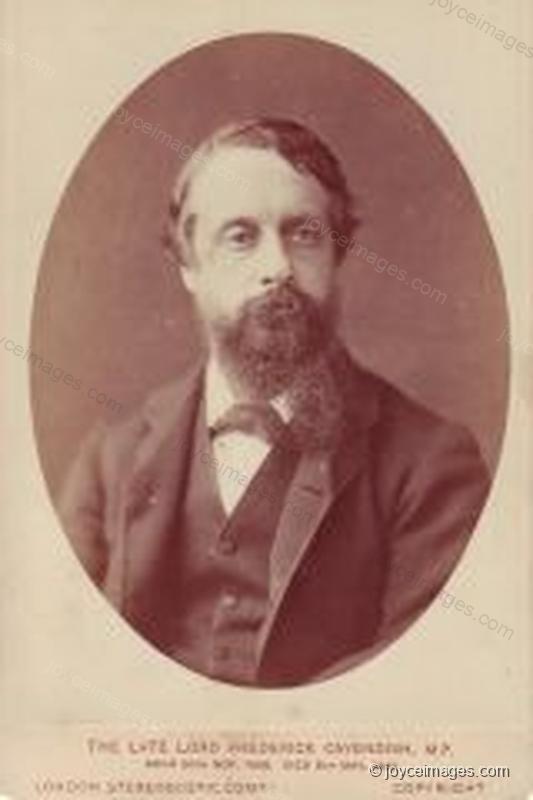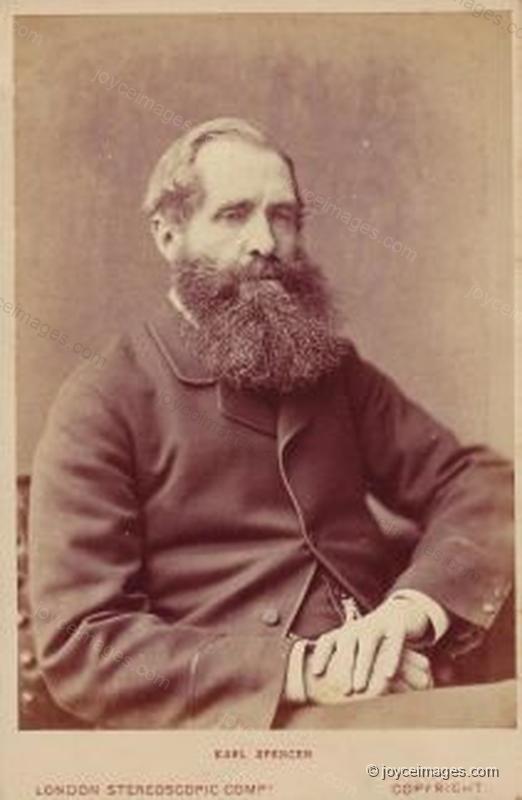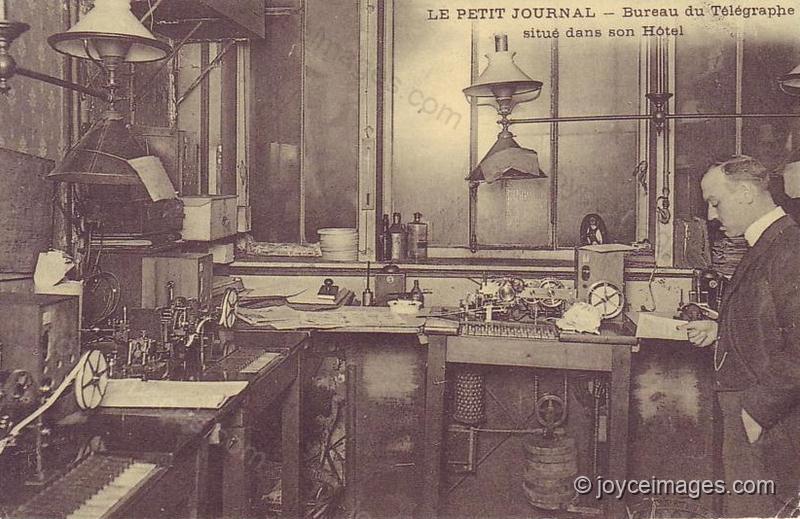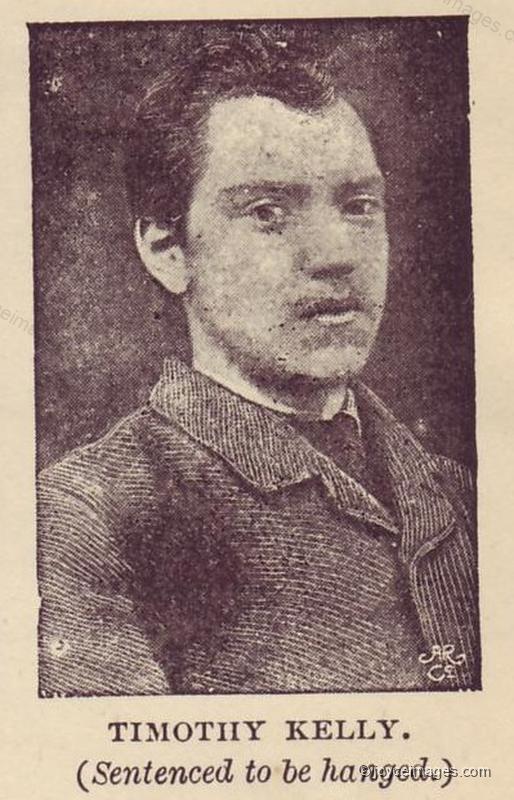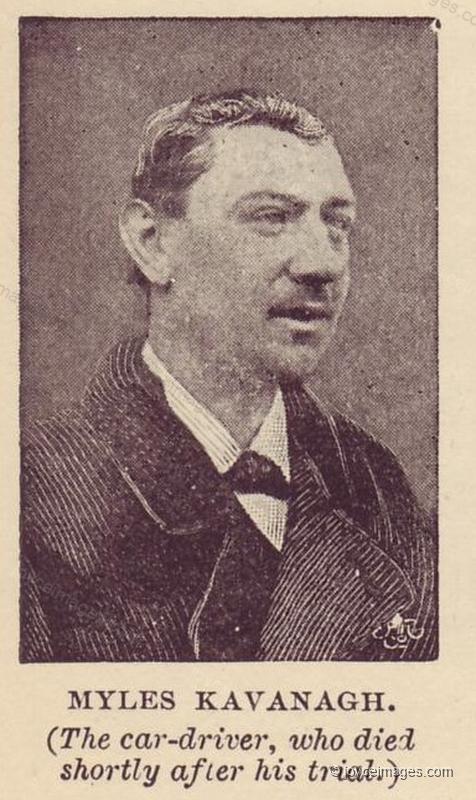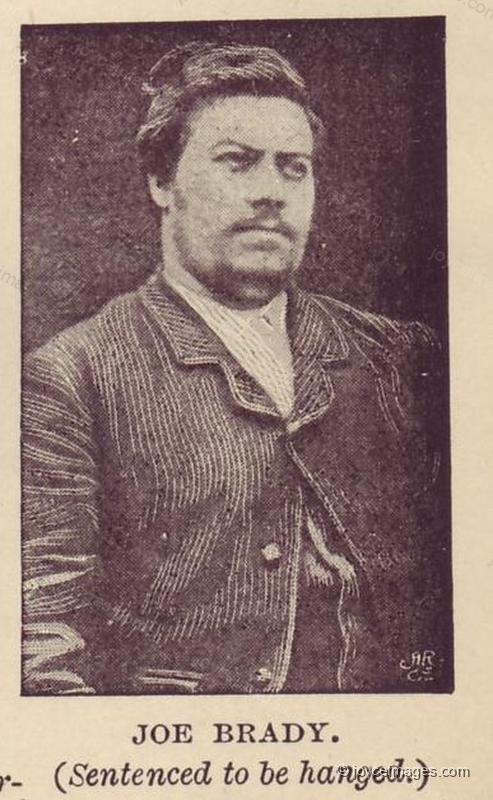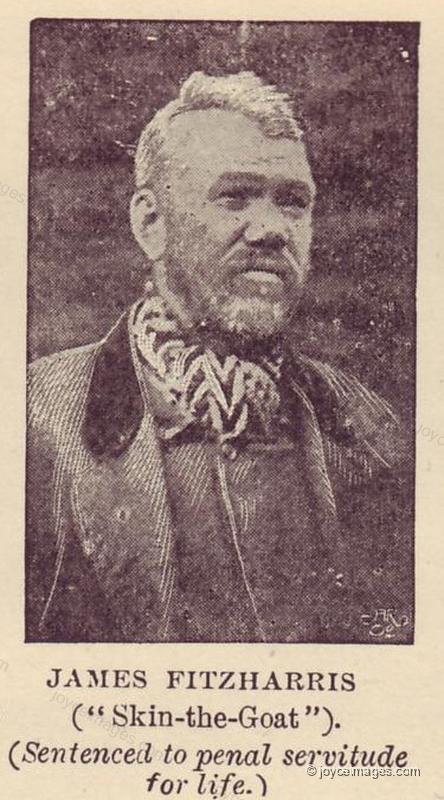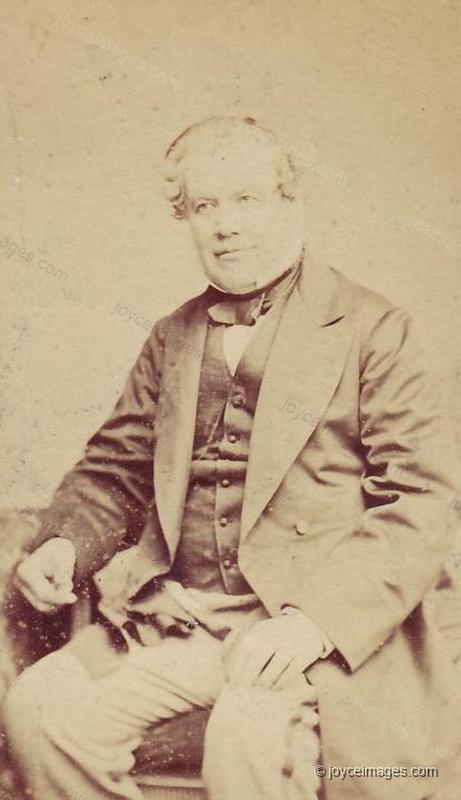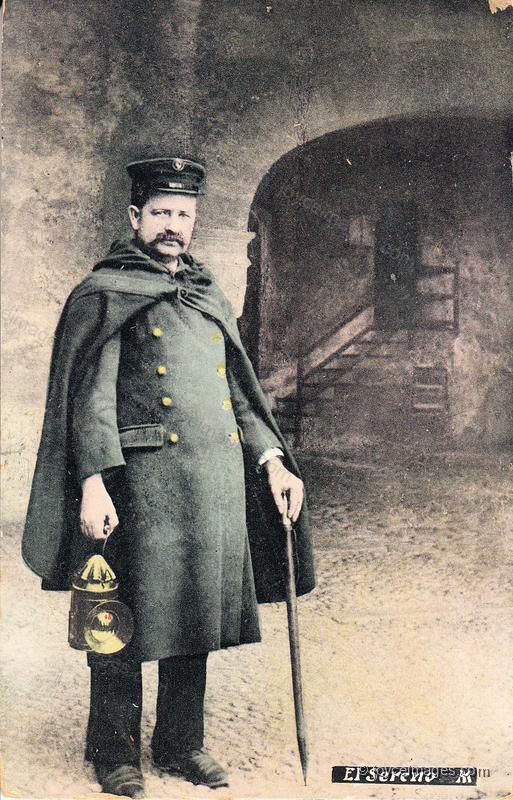"OMNIUM GATHERUM
— All the talents, Myles Crawford said. Law, the classics
— The turf, Lenehan put in.
— Literature, the press.
— If Bloom were here, the professor said. The gentle art of advertisement.
— And Madam Bloom, Mr O'Madden Burke added. The vocal muse. Dublin's prime favourite" (U7.605)
— All the talents, Myles Crawford said. Law, the classics
— The turf, Lenehan put in.
— Literature, the press.
— If Bloom were here, the professor said. The gentle art of advertisement.
— And Madam Bloom, Mr O'Madden Burke added. The vocal muse. Dublin's prime favourite" (U7.605)
"Lenehan gave a loud cough.
- Ahem! he said very softly. O, for a fresh of breath air! I caught a cold in the park. The gate was open." (U7.611)
- Ahem! he said very softly. O, for a fresh of breath air! I caught a cold in the park. The gate was open." (U7.611)
"YOU CAN DO IT!”
The editor laid a nervous hand on Stephen's shoulder.
— I want you to write something for me, he said. Something with a bite in it.
You can do it. I see it in your face. In the lexicon of youth .....
See it in your face. See it in your eye. Lazy idle little schemer.
— Foot and mouth disease! the editor cried in scornful invective. Great nationalist meeting in Borris-in-Ossory. All balls! Bulldosing the public!
Give them something with a bite in it. Put us all into it, damn its soul.
Father, Son and Holy Ghost and Jakes M'Carthy.
— We can all supply mental pabulum, Mr O'Madden Burke said." (U7.614)
The editor laid a nervous hand on Stephen's shoulder.
— I want you to write something for me, he said. Something with a bite in it.
You can do it. I see it in your face. In the lexicon of youth .....
See it in your face. See it in your eye. Lazy idle little schemer.
— Foot and mouth disease! the editor cried in scornful invective. Great nationalist meeting in Borris-in-Ossory. All balls! Bulldosing the public!
Give them something with a bite in it. Put us all into it, damn its soul.
Father, Son and Holy Ghost and Jakes M'Carthy.
— We can all supply mental pabulum, Mr O'Madden Burke said." (U7.614)
"Stephen raised his eyes to the bold unheeding stare.
- He wants you for the pressgang, J.J. O'Molloy said.
THE GREAT GALLAHER
- You can do it, Myles Crawford repeated, clenching his hand in emphasis." (U7.624)
- He wants you for the pressgang, J.J. O'Molloy said.
THE GREAT GALLAHER
- You can do it, Myles Crawford repeated, clenching his hand in emphasis." (U7.624)
"Wait a minute. We'll paralyse Europe as Ignatius Gallaher used to say when he was on the shaughraun, doing billiardmarking in the Clarence. Gallaher, that was a pressman for you. That was a pen. You know how he made his mark? I'll tell you. That was the smartest piece of journalism ever known." (U7.628)
"That was in eightyone, sixth of May, time of the invincibles, murder in the Phoenix park, before you were born, I suppose. I'll show you." (U7.632)
"Murder in the Phoenix park" refers to the assassination, May 6th 1882, of Lord Frederick Cavendish, British secretary for Ireland (shown here), and Thomas Henry Burke, his undersecretary. They were stabbed to death in Phoenix Park by members of the Irish National Invincibles, a splinter republican group. Note that Myles Crawford gets the year wrong. Stephen was born in 1882, presumably in February, so indeed before the Phoenix Park murders.
Cavendish and Burke were #2 and #3 in rank in the British Dublin Castle government of Ireland. They were on their way to meet #1 the Lord Lieutenant Earl Spencer (John Poyntz Spencer, 1835 - 1910, shown in this photo) in the viceregal lodge. Thirteen men were later arrested and charged with conspiracy to murder. They were apparently out only for Burke as a "Castle Catholic." Two (James Carey, and Michael Kavanagh) turned state's evidence, five (Joe Brady, Dan Curley, Michael Fagan, Thomas Caffrey and Tim Kelly) were hanged, and 3 were sentenced to penal servitude. In the aftermath, Irish nationalist leader Charles Stewart Parnell denounced 'these vile murders' and offered to resign from parliament, an offer turned down by British Prime Minister Gladstone; this increased Parnell's already huge popularity in both Britain and Ireland, being seen as a moderate reformer who disapproved of violent or terrorist tactics. However, Gladstone's Minister Lord Hartington, the elder brother of Lord Cavendish, split with Gladstone on Home Rule in 1886 and 1893 and led the breakaway Liberal Unionist Association which allied itself to Lord Salisbury's conservative governments.
"He pushed past them to the files.
- Look at here, he said, turning. The New York World cabled for a special. Remember that time?
Professor MacHugh nodded.
- New York World, the editor said, excitedly pushing back his straw hat. Where it took place." (U7.634)
- Look at here, he said, turning. The New York World cabled for a special. Remember that time?
Professor MacHugh nodded.
- New York World, the editor said, excitedly pushing back his straw hat. Where it took place." (U7.634)
"Where Skin-the-Goat drove the car. Whole route, see?
- Skin-the-Goat, Mr O'Madden Burke said. Fitzharris." (U7.640)
- Skin-the-Goat, Mr O'Madden Burke said. Fitzharris." (U7.640)
"He has that cabman's shelter, they say, down there at Butt bridge. Holohan told me. You know Holohan?
— Hop and carry one, is it? Myles Crawford said." (U7.641)
Butt Bridge is a road bridge across the Liffey that joins George's Quay to Beresford Place. The original bridge was a structural steel swivel bridge, opened in 1879. It was named for the leader of the Home Rule Movement Isaac Butt (shown on this CDV), who died that year. The swing section, made of wrought iron and weighing 200 tons, ran on a series of cast spoke wheels and was powered by a steam engine, which was housed on a timber pier on the downstream side of the bridge. The swing action allowed boats to pass and berth in the river as far upstream as Carlisle (later O'Connell) Bridge.
— Hop and carry one, is it? Myles Crawford said." (U7.641)
Butt Bridge is a road bridge across the Liffey that joins George's Quay to Beresford Place. The original bridge was a structural steel swivel bridge, opened in 1879. It was named for the leader of the Home Rule Movement Isaac Butt (shown on this CDV), who died that year. The swing section, made of wrought iron and weighing 200 tons, ran on a series of cast spoke wheels and was powered by a steam engine, which was housed on a timber pier on the downstream side of the bridge. The swing action allowed boats to pass and berth in the river as far upstream as Carlisle (later O'Connell) Bridge.
"— And poor Gumley is down there too, so he told me, minding stones for the corporation. A night watchman
Stephen turned in surprise.
— Gumley? he said. You don't say so? A friend of my father's, is it?
— Never mind Gumley, Myles Crawford cried angrily. Let Gumley mind the stones, see they don't run away. Look at here. What did Ignatius Gallaher do? I'll tell you. Inspiration of genius. Cabled right away. Have you Weekly Freeman of 17 March? Right. Have you got that?
He flung back pages of the files and stuck his finger on a point." (U7.645)
Stephen turned in surprise.
— Gumley? he said. You don't say so? A friend of my father's, is it?
— Never mind Gumley, Myles Crawford cried angrily. Let Gumley mind the stones, see they don't run away. Look at here. What did Ignatius Gallaher do? I'll tell you. Inspiration of genius. Cabled right away. Have you Weekly Freeman of 17 March? Right. Have you got that?
He flung back pages of the files and stuck his finger on a point." (U7.645)
